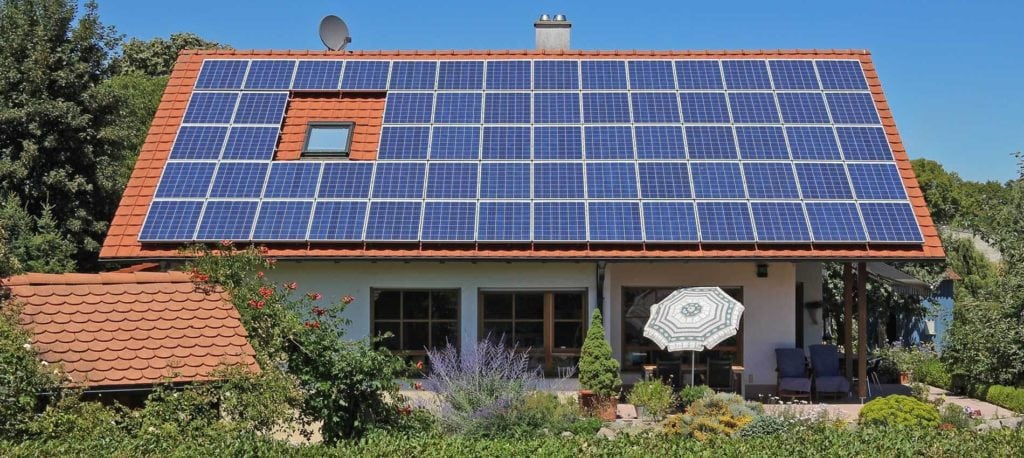My neighbors have solar panels. Each time I drive up our driveway those panels glare back at me with judgement. The pangs of guilt surge through me like a chill. Ever try out those solar calculators on your favorite green-living sites? I have. Whenever I input my information I find myself falling down a rabbit hole of solar-power research. To help you navigate the myriad information about making the switch to solar, here are a few thoughts to keep in mind while you make that calculation.
Running the numbers
According to Cost of Solar, an online resource dedicated to providing solar information for prospective consumers, “Solar panels aren’t like household appliances, they are more like financial investments,” the website notes. “So, the key point many people want to know is, what’s my solar ROI?”
While the numbers can vary from state to state, the U.S. Department of Energy points to the N.C. Clean Energy Technology Center’s Database of State Incentives for Renewables & Efficiency—DSIRE—as the most comprehensive resource for financial incentives relating to solar-system ownership.
Let’s say you invest $25,000 in your complete solar-energy system. The Federal Government’s existing Residential Renewable Energy Tax Credit will net you 30 percent ($7,500) back on your investment. Add in various rebates and local state incentives, and you’re looking at around $10,000 in overall credits and rebates from your initial investment.
Excess solar power from your home can also be sold back into the energy market to increase your yield. Using what’s known as Solar Renewable Energy Certificates (SRECs), owners of solar-power units can sell or barter units of energy produced through their solar system to other consumers. Local and regional power companies will also buy up SRECs—also known as things like “green tags” or Renewable Energy Credits—to meet various state and regional renewable-energy targets.
Depending on where you live and factors including the cost of solar relative to other utilities, the efficiency of your solar array and levels of annual sunshine, you could be looking at a 10-plus percent rate of annual return over the lifespan of your solar investment. Putting that in context, the S&P 500’s Compound Annual Growth Rate is a little under 10 percent, while in almost all U.S. states the ROI on solar panels easily beats out the return on a five-year certificate of deposit. Better yet, once your solar system is installed, utility costs may rise but the cost of sunshine will never change!
Payback time
Most solar systems come with a warranty of 25 years, although it’s thought that many of these systems can keep running effectively for 30 years or longer (indeed, Clean Technica reports on one owner who installed his system in 1980 and found it to be operating more efficiently three decades later).
Your potential solar payback can vary, too, depending on whether you are installing new panels over an existing roof or as part of a complete roof overhaul. Research conducted by PowerScout shows a new roof to cost approximately $12,000, so the overall cost to install new roof plus panels will run you about $30,000, less your 30 percent credit.
Assuming a rate of return close to the S&P 500 benchmark, the above calculations will see you clearing your initial costs in about ten years (or less, should you only have to install the panels on an existing roof).
Of course, solar power is more than just saving on your utility bills in the long run, not to mention lowering your overall energy footprint. Many reports, including one quoted on the Department of Energy’s Solar Energy Technologies Office website, point to data reflecting increased home values for homes equipped with solar and other energy-efficient upgrades. PowerScout data suggests a solar system can add $15,000 to a home’s value.
Keeping the above insights in mind, it’s clear that solar is the way to go both in terms of your pocketbook and future finances. Throw in the pleasing aesthetics of today’s solar-panel technology and market demand for eco-friendly real-estate installations, and you’ve found yourself a financial winner when it comes to the solar equation.

